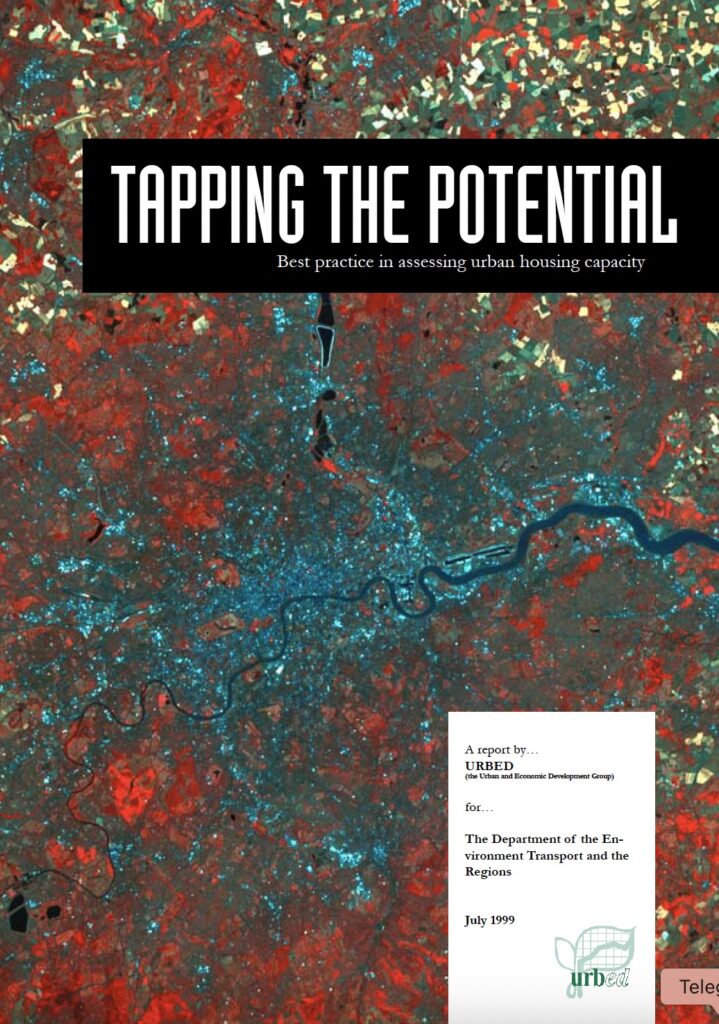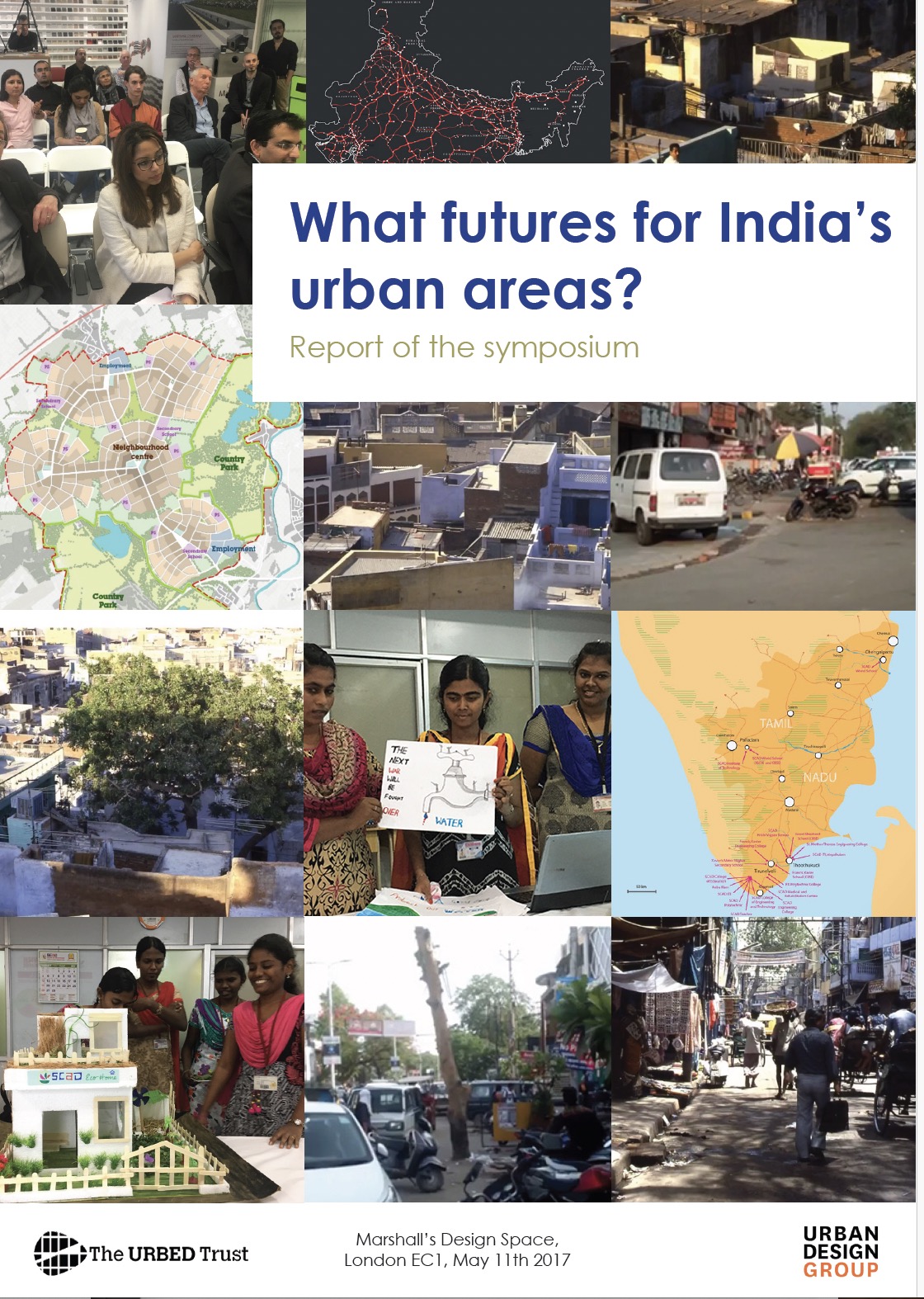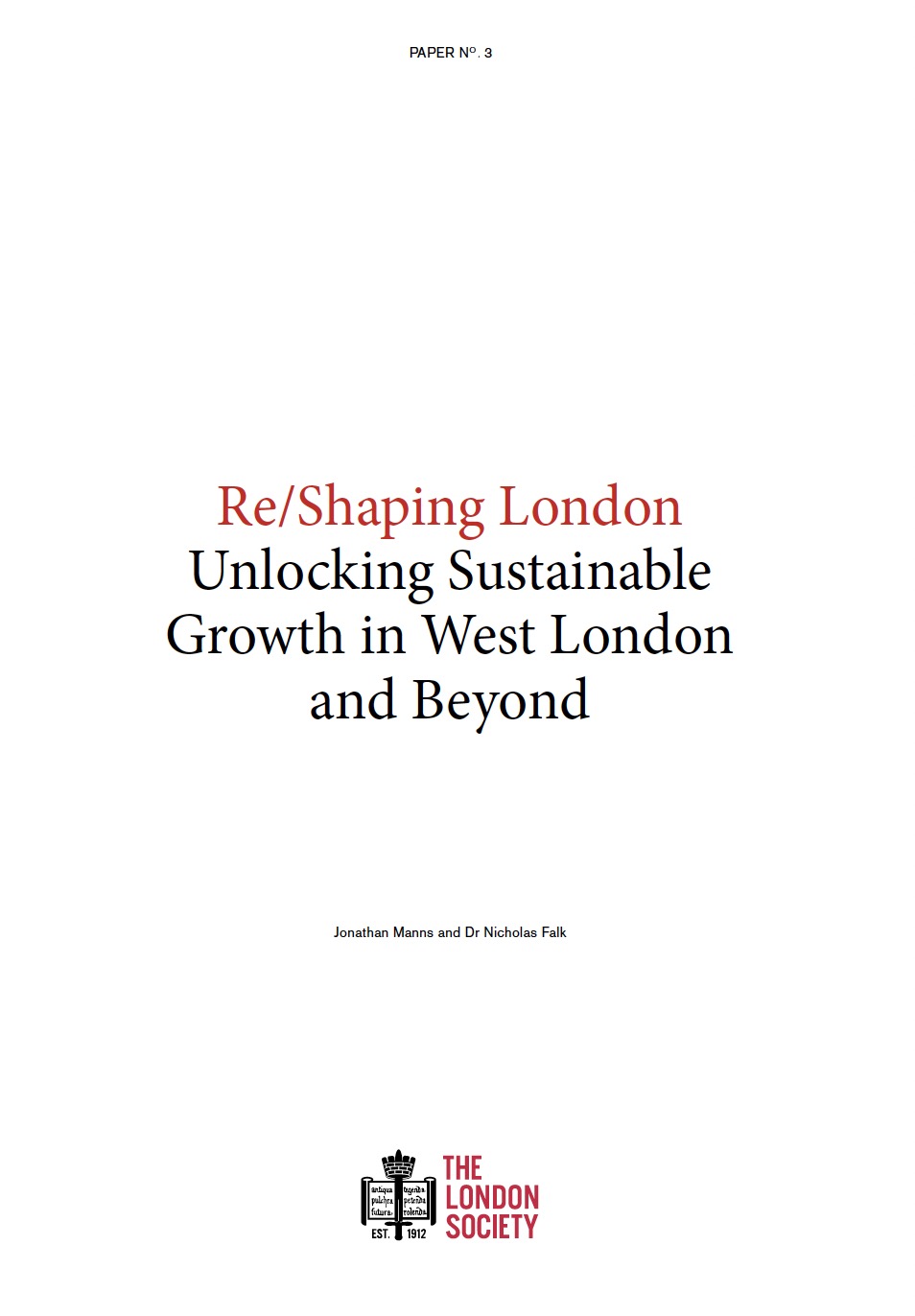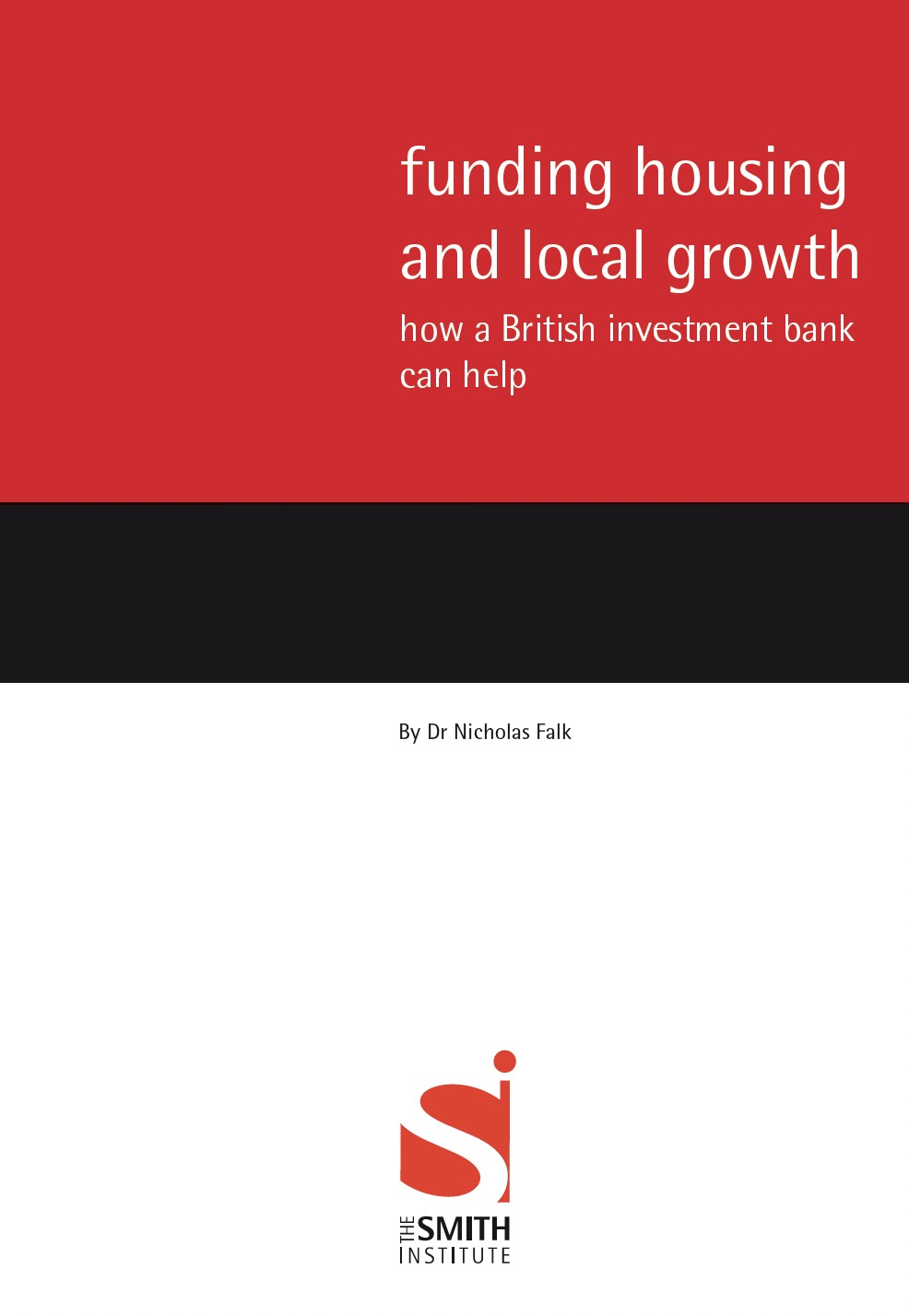Read David Rudlin’s article in Building Design (July 2025) on the development and legacy of the Tapping the Potential report
Approaches include intensification of existing areas through redevelopment, conversions of commercial buildings, and utilisation of vacant land. Many studies employ typology-based frameworks, case studies, and existing data to assess capacities, considering market demand, planning policies, and site viability. Key sources of capacity include backland developments, conversions over shops, and vacant or underused land. Effective assessment relies on detailed surveys, applying density standards, and updating site information to ensure realistic and achievable housing delivery within urban areas.





